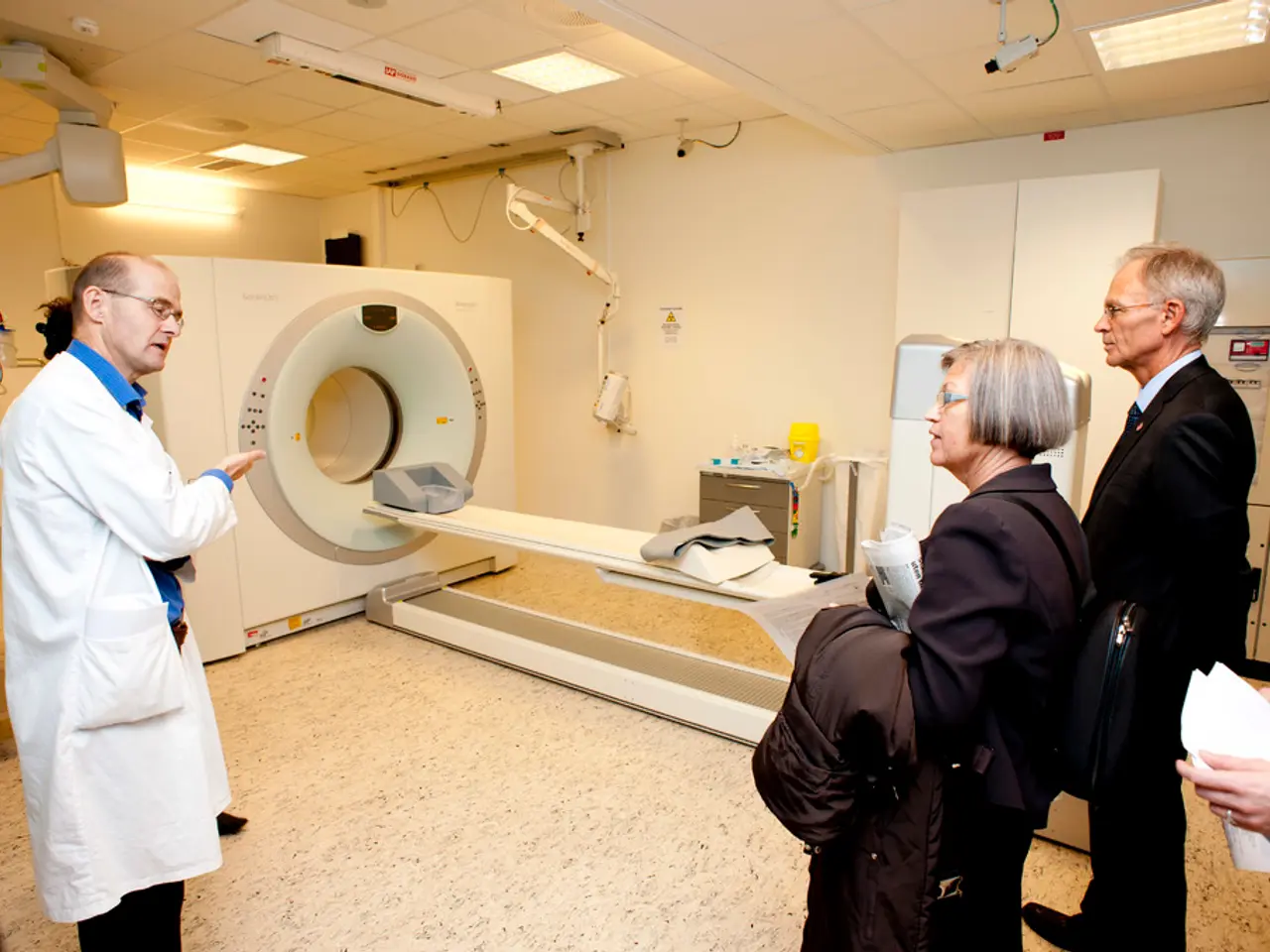The role of a CXO in healthcare, and its evolution over time.
In the rapidly changing landscape of healthcare, the Chief Experience Officer (CXO) plays a pivotal role in enhancing patient satisfaction and experience. Although the title might not be as common in the healthcare sector, the responsibilities mirror those of a CXO in other industries, with a distinct emphasis on patient-centric strategies.
## Enhancing Patient Relationships
A key responsibility of the CXO is to develop and implement patient-centric strategies that foster stronger relationships between healthcare organizations and their patients. This includes managing the patient journey, ensuring it is personalized and seamless across all touchpoints.
## Integrating with Healthcare Operations
The CXO works closely with other C-level executives, such as the Chief Medical Officer, to integrate patient experience strategies into clinical practices and operational decisions. Collaboration with the Chief Technology Officer is also crucial, as technology, including digital health tools, can be leveraged to enhance patient engagement and experience.
## Feedback and Improvement
Collecting, analysing, and acting upon patient feedback is a crucial aspect of a CXO's role. This feedback helps identify areas for improvement and develop targeted interventions to enhance care quality and patient satisfaction. The CXO fosters a culture of continuous improvement, ensuring that patient needs drive strategic decisions and operational changes.
## Leadership and Training
The CXO oversees training programs for healthcare staff to ensure they are equipped to deliver patient-centered care. They also act as a leader and advocate within the organization, prioritizing patient experience and ensuring it aligns with organizational values and mission.
In the realm of healthcare, the roles of CXO, Chief Quality Officer, or Chief Patient Experience Officer often overlap, as they all focus on similar patient-centric goals.
## Expanding the Scope
The consumerization of healthcare, particularly during the pandemic, has led to a growing comfort with digital-first approaches among patients. As a result, the CXO's role has expanded beyond just patients to include potential customers who haven't yet interacted with a healthcare organization. Digital tools can help engage these non-patients with health and wellness information.
## Addressing Concerns
Addressing patients' concerns about security and data privacy is essential. This involves working with the chief digital transformation officer and information security team to ensure security in health IT solutions.
## The Future of the CXO
The future may involve a shift in how patient experience is measured, moving beyond government regulatory requirements. The CXO's role may evolve to include a seat at the healthcare leadership table and more involvement in decision-making.
In conclusion, the CXO is responsible for the overall experiences of patients, families, and caregivers, including clinical care and non-clinical factors like cleanliness and noise level. They must consider patients' experiences with all hospital staff, third-party vendors, and partners, not just clinicians.
With the increasing use of technology in healthcare, the role of the CXO is more important than ever. They are at the forefront of ensuring that digital-first technologies like telehealth provide convenience for patients and increase access to underserved communities, while addressing concerns about security and data privacy.
- Collaborating with the Chief Technology Officer, the CXO utilizes technology such as digital health tools to boost not only patient engagement but also health-and-wellness education for potential customers who haven't interacted with a healthcare organization yet.
- As mental health becomes increasingly important in healthcare, the CXO works to promote mental-health initiatives and ensure that the hospital environment is conducive to patient well-being, taking into account both clinical care and non-clinical factors like cleanliness and noise level.




